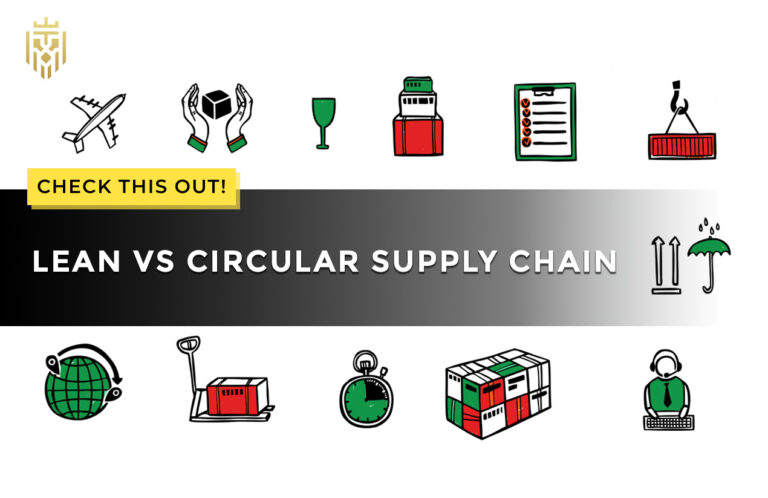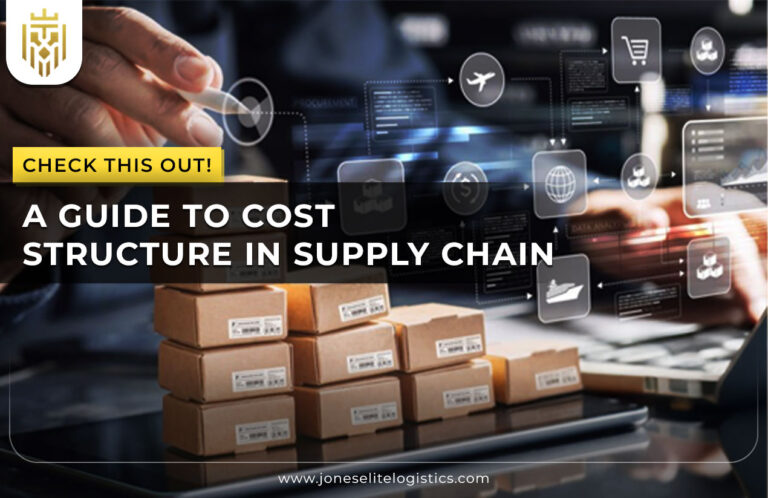What is Digital Dropshipping?
Digital dropshipping is a retail fulfillment model where a retailer sells digital products without maintaining an inventory. Unlike traditional dropshipping, where physical products are shipped, digital dropshipping mastery focuses on digital goods like online courses, software, and other downloadable digital content. When a customer buys a product, the digital drop shipper works with a supplier to fulfill the order. This model minimizes inventory costs, as products are delivered as digital downloads, reducing shipping costs and logistical challenges.

How does Digital Dropshipping work?
Digital dropshipping operates based on the creation of a direct link between the retailer, specialist suppliers, and consumers. We shall go through each stage, understanding the ins and outs:
Retailer selects products to sell:
The retailer picks digital products based on demand, choosing from a supplier’s catalog. They avoid upfront inventory purchases and can test various digital goods. This process lowers risk, enabling the retailer to explore digital dropshipping business opportunities with minimal investment.
Retailer creates an online store:
After specifying the products, the retailer customizes an online store using platforms such as Shopify, WooCommerce, or Big Commerce. They design a digital dropshipping journey that appeals to their potential customers, integrating social media marketing, and implement secure payment gateways to make the online store mobile-friendly.
Supplier processes the order:
Supposing a customer places an order on the online store of a given retailer, the retailer sends it to the supplier, who handles inventory management and order processing. The supplier packages and prepares the digital product for delivery to the customer, allowing instant delivery.
Retailer notifies supplier:
This is the stage at which the retailer informs the supplier of an order that has been placed so that the process of supply can begin. This notification often occurs with the help of integration between the e-commerce platform as a distributor and the supplier. Special emphasis is placed on the correspondence’s accuracy and immediacy to ensure that there will be no delay or mistake in the orders’ preparation. The retailer then avails all relevant particulars to enable the supplier to send the right product to the specific address.

Supplier processes the order:
Following the notification of an order from the retailer, the supplier starts processing the order. In this step, the company confirms the existence of the product and then proceeds to pick it up from the warehouse and place it in a shipment format. The supplier makes sure that the packaging of the product is good enough to avoid experiencing some injuries during the transfer. Processing done effectively by the supplier goes a long way in ensuring that the supplier can meet required customer response times.
Retailer earns a commission:
The retailer profits by setting a retail price higher than the supplier’s cost. This commission he receives depends on the cost strategy applied to the products by the retailer and the cost of the products themselves, as well as any extra fee that a dropshipping firm may charge. With careful marketing and high-demand digital products, the profit margin can be significant, especially if they excel in digital marketing and email marketing.
Supplier delivers directly to the customer online:
The supplier directly sends the digital products to the customer. This global reach eliminates the need for physical inventory, making it easier to focus on customer service and social media engagement.
Popular Products for Digital Dropshipping:
Digital dropshipping majorly involves digital products, therefore making it easier to avoid the aspect of shipping physical products as well as stocking them. This model is relatively popular mainly because it has almost no overhead and the profits can be massive. Here are some popular digital products for dropshipping:
Online Courses:
Online courses have high demand as consumers seek new skills. Retailers can collaborate with content creators to sell courses on e-commerce platforms like Udemy, covering topics like digital marketing and personal growth. Repeated sales of the same online course generate steady revenue.

Software and Apps:
Selling software, including digital goods like antivirus software and graphic design apps, is profitable. It can be sold by retailers through getting into a partnership with the developers to sell licenses or subscriptions of these digital products. Thanks to the advancements and popularization of the usage of computers, both in person and within the working environment, there is a strong and constant need for multiple software applications.
Audio and Video Content:
Audio and video files such as music, audiobooks, and tutorials are profitable digital products. Collaborations with content creators on platforms like Spotify or YouTube help drop shippers reach a vast audience.

Digital Planners:
Digital planners, such as to-do lists and calendars, remain in high demand among consumers. Their customizable nature aligns with digital dropshipping trends, making them ideal for supply chain management in digital goods.
Digital Art and Design Resources:
Stock images, fonts, and templates continue to thrive in digital dropshipping. Platforms like Etsy enable creative professionals and social media users to access unique designs, boosting demand for digital artwork in this supply chain.
Platforms for dropshipping:
Digital dropshipping can be done on several platforms built for it, helping people earn cash and build a business with potential. Some of them include:
Shopify:
Shopify’s e-commerce platform is known for its intuitive interface, aiding digital dropshipping businesses in handling inventory and supply chain management, while integrating marketing tools for diverse business needs.
Wix:
Wix enables drop shippers to build stores with an easy drag-and-drop interface that helps users design their online stores easily without necessarily having to know how to code. Wix has different templates for design and an application gallery to improve store performance, making it ideal for small dropshipping businesses that need customizability.

WooCommerce:
WooCommerce is one of the robust e-commerce plugins in WordPress that allows customization of the digital dropshipping business, and it being an open-source framework is perfect for digital dropshipping businesses needing flexibility. WooCommerce is easy to use with WordPress and comes with thousands of themes and plugins available, supporting multiple marketing and inventory management tools, offering adaptability and scalability in supply chain management for digital products.
Squarespace:
Squarespace has always had great design templates and an easy-to-use design interface, ideal for digital content retailers, with tools for inventory tracking and streamlined social media integration. It’s particularly suited to supply chain transformation by facilitating smoother logistics for digital items.

Challenges of Digital Dropshipping:
As beneficial as digital dropshipping is to retailers, there are some hitches that one needs to overcome to succeed in it.
Intense competition and difficulty to stand out:
Due to the relatively open nature of the model, digital dropshipping is highly competitive, allowing the retailer to stand out. Drop-shippers need creative marketing tips and unique social media strategies to stand out in the crowded digital dropshipping business landscape. Leveraging supply chain trends like automated marketing may help differentiate their offerings.

Product Quality and Customer Satisfaction:
Ensuring digital products meet high-quality standards is crucial. Reliable suppliers who deliver quality goods help prevent negative customer feedback, which in turn enhances supply chain control by maintaining consistent demand.
Platform and transaction fees:
Fees from e-commerce platforms can impact profits. Comparing transaction fees and subscription costs across platforms helps to optimize expenses, contributing to supply chain efficiency by controlling costs effectively.
Legal Consideration for Digital Dropshipping:
It can be noted that digital dropshipping is quite lucrative, yet it entails specific consideration of legal aspects, as the latter may pose certain risks. Here are key legal considerations:
Intellectual Property and Copyright issues:
Retailers should ensure all digital products are sold with appropriate licenses to avoid copyright violations. This includes ensuring that proper licenses from creators are obtained to avoid cases of freelancing in the distribution. Failure to so do leads to legal problems and heavy fines. Compliance builds trust with potential customers and reinforces secure supply chain management practices.
Terms and Conditions for selling digital products:
It is necessary to have a clear and comprehensive T&C for the benefit of both retailer and customer in the Indian market. The T&C should state the purchase terms, usage permissions, refund options, and other restrictions on the use of the product. They clarify usage, refund policies, and other conditions for digital goods, contributing to transparent supply chain control.
Privacy and Data Protection Regulation:
Retailers must comply with data protection laws to secure customer information, establishing a trustworthy digital dropshipping business. Data security aligns with supply chain transformation by enhancing customer confidence and operational integrity.
Why Choose Jones Elite Logistics for Dropshipping:
We stand as one of the best options for dropshipping due to the integrated services we provide, including supply and shipping management, order fulfillment, and customer support, which makes the process seamless. We cater to businesses of all scales offering plans that grow alongside the business, thanks to the use of modern technologies that allow integration with e-commerce platforms with real-time monitoring of performance. Our specialized customer service desk is always on standby to solve problems, thus increasing consumer satisfaction.
FAQs
1) What is digital Dropshipping?
Digital dropshipping is a retail fulfillment method through which the retailer passes orders to a supplier who then ships them directly to the customer while retainers book the orders and order information digitally. The retailer resells the item to the consumer but buys it from a third-party supplier who ships it to the customer, electronically.
2) How do I choose the right digital product to dropship?
Select a niche for the development of a digital product based on the market trends and analysis of customers’ wants. Review the efficiency and credibility of the sellers and focus on goods that are profitable and not many merchants offer.
3) Is Digital Dropship Legit?
Yes, digital dropshipping is valid; it is a proper sort of business that has been rising in recent years. The thing is that success largely depends on the choice of reliable suppliers, compliance with legal norms, and such aspects as reliability and customer-oriented approach within the sphere of services and goods.
4) How does Digital Dropshipping work?
In digital dropshipping, the retailer displays products on his or her online store menu coming from the supplier side. In this form of operation, the retailer agrees with the supplier through which the latter sends the purchased product to the customer upon an order placed by the retailer.
5) What are the challenges of Digital Dropshipping?
Issues when entering the market are as follows: high competition, how to deliver quality products, platform, and transaction fees, legal requirements, and data protection. Supply differentiation and the choice of reliable suppliers play vital roles.









